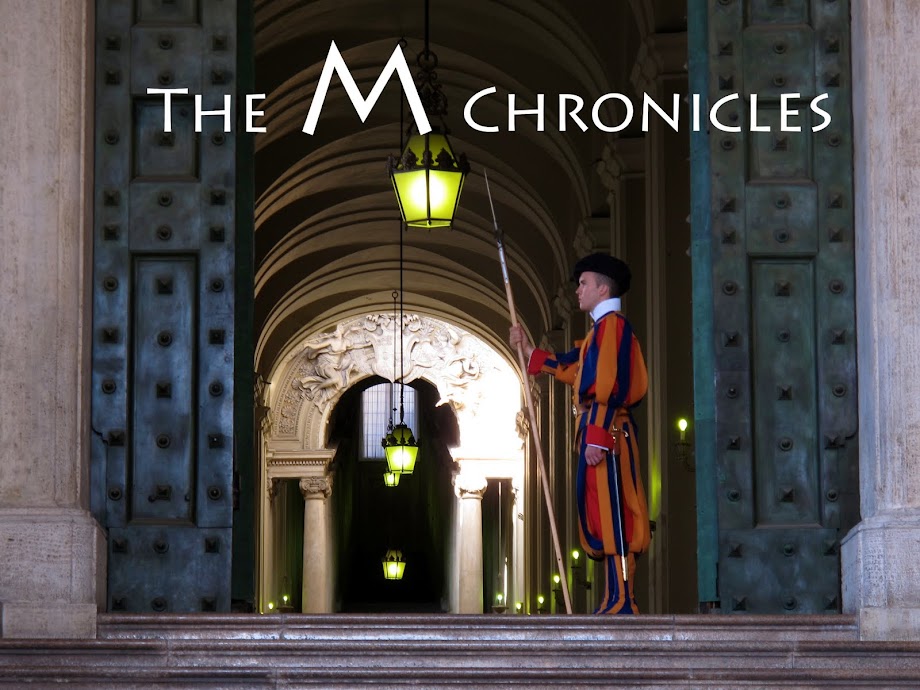My hotel, the hip new Opposite House, is part of a major retail and restaurant re-development in the east of Beijing. The name derives from the Chinese traditional courtyard architecture in which a secondary structures sits opposite the main residence. In the overall design of the whole area, the Japanese architect conceived the location of the hotel as the Opposite House. His use of natural woods throughout including sinks and bathtubs is also opposite to what other luxe properties feature.
 |
| Stark but stunning corridor of natural wood |
Art Exhibitions are a major feature of the ground floor areas of the hotel.
.JPG) |
| Painstakingly sewn shards of broken pottery recovered from ancient archeological digs, Li Xiaofeng has created 'porcelain clothing' at Opposite House, Beijing. |
I decide to take a tour of the old hutongs and step away from the hordes following flags hoisted in the air and slip into the quiet of a traditional Chinese double courtyard house with a walled garden to find the smaller authentic version of an opposite house.
I have read so much about the 798 Art Zone District . . . but what I see is a little too contemporary for my tastes. What is wonderful though is to see that the younger generation appear to be fearless, and enjoy a role and a voice in the 'new China'.
.jpg) |
| Add caption |
In the evening, I go for a wonderful Peking duck dinner at Duck de Chine in the new and celebrated 1949 'Hidden Village'.
.jpg) |
| The 1949 Beijing Machinery and Electric Institute factory in the industrial suburb of Sanlitun is now a hip conclave of wonderful restaurants, including Duck de Chine. |


Excellent shots Michael, it looks like you have really soaked everything in! I would have loved Opposite House.
ReplyDelete